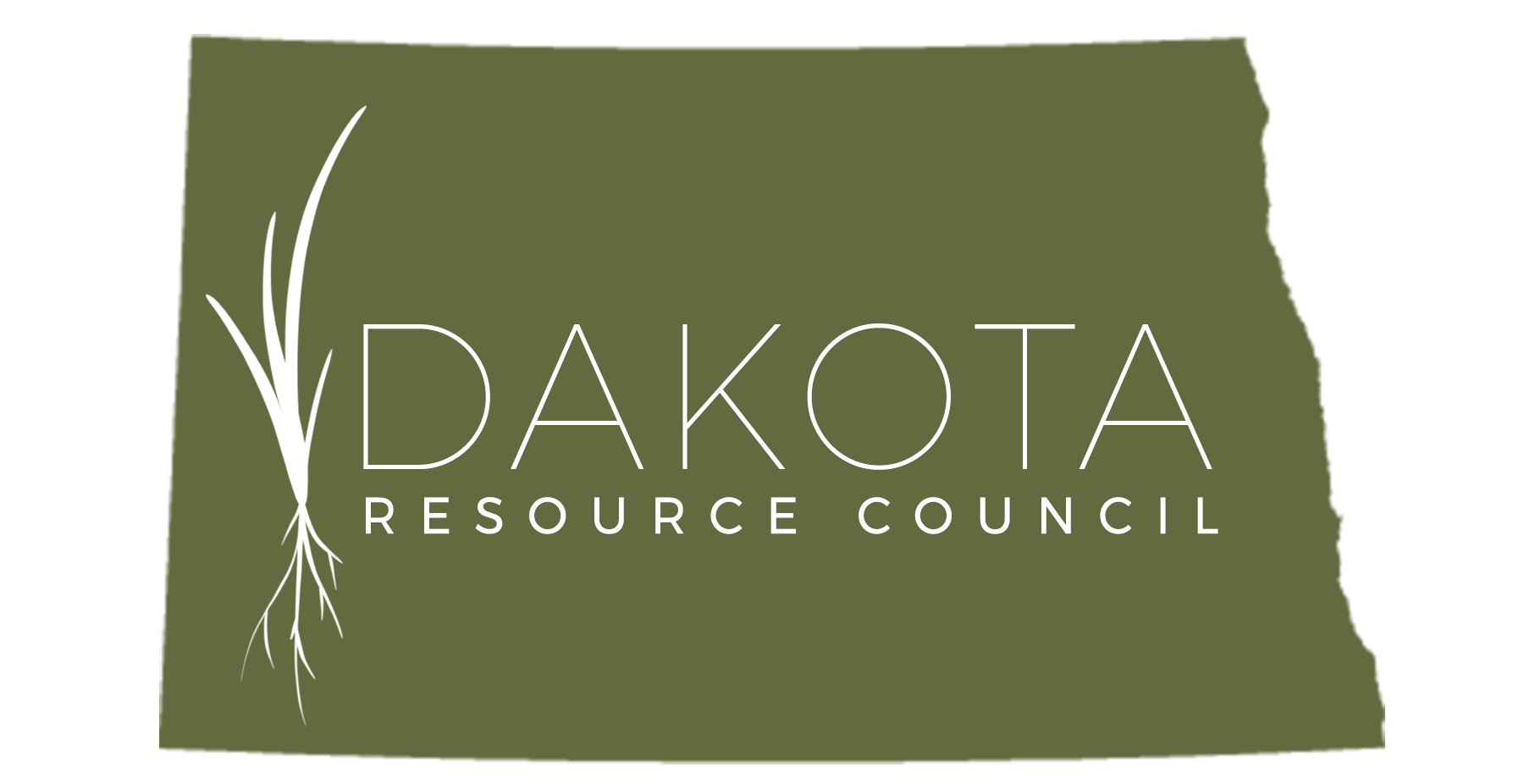N.D. likely to use penalties to cut gas flaring, regulator says
North Dakota’s oil producers burned about 28 percent of their gas in flares because they lack pipelines and compressors to ship it from wellheads to market, according to figures released yesterday. That’s a slight decrease from April, but progress isn’t moving fast enough to reach the state’s goal of cutting flaring to 26 percent of gas production by Oct. 1, Lynn Helms, state director of mineral resources, said on a conference call with reporters.
The state Industrial Commission voted July 1 to begin imposing penalties on companies that don’t cut flaring fast enough. The Mineral Resources Department can curtail production at well sites and can impose cash penalties on companies that don’t comply (EnergyWire, July 2).
“We do anticipate needing to at least threaten or use penalties,” Helms said.
North Dakota’s oil production has risen almost fivefold since 2009 to more than 1 million barrels a day because of production in the Bakken Shale formation. But the state has faced mounting protests from landowners and environmentalists who object to the amount of gas being flared. The commission, led by Republican Gov. Jack Dalrymple, wants to cut flaring to 10 percent of production.
It’s unclear how much North Dakota’s production will be curtailed. Helms said he estimated the new rules would require a 4 to 5 percent cut — up to 50,000 barrel a day, based on April production. That figure would be lower in May, but Helms said he didn’t know by how much. He predicted oil production will grow 5 to 6 percent a month through August.
Starting in June, the Department of Mineral Resources began requiring operators to provide detailed plans for capturing gas with any application for a new oil well permit. The plans have given the department a better idea of the conditions contributing to flaring around the state, Helms said. Operators in some individual oil fields capture 100 percent of the gas they produce.
One hot spot seems to be in McKenzie County, along the southern shore of Lake Sakakawea. About half of the 775 wells with the highest flaring are in that area, Helms said. Operators at a field near New Town on the Fort Berthold Reservation only capture 2 percent of their gas because of tough terrain and the difficulty of acquiring right of way for pipelines.
The rules have some flexibility. In addition to pipelines, oil companies can also use technology to compress gas or generate electricity onsite as a way to cut flaring. Also, operators may be able to avoid production cuts if they meet the flaring-reduction standard throughout a particular oil field or throughout the state, Helms said.
The state is expected to receive October numbers for production and flaring in December. Once those numbers have been analyzed, regulators will send letters to operators ordering some of them to cut production, Helms said.
The state will get January production numbers in March, and operators that don’t comply with curtailment orders will receive notices of violations or fines, Helms said.
“I think March’ll probably end up being a busy month for us,” he said.

